Navigating shipments from China to Canada requires expertise in logistics, customs, and cost optimization. As a leading China to Canada freight forwarder, CUC Freight simplifies this journey.
1. Choose Your Shipping Method
Select the best option for your cargo:
Air Shipping from China to Canada: 8-11 days for urgent, high-value goods.
Sea Freight: Cost-effective for bulk shipments (30-45 Sailing days).
Courier Services: For parcels over 100kg.
Why CUC Freight? Our AI-powered Cost-Time Calculator instantly compares methods, saving businesses 18% on average logistics costs.
2. Book & Prepare Shipments
Automated Booking: Submit details (weight, dimensions, HS codes) via our 24/7 portal.
Packaging Compliance: Our team ensures goods meet Canada’s ISPM-15/CBSA standards.
Pro Tip: Use our Free FBA Prep Service for Amazon sellers – label, package, and document in one step.
3. Customs Clearance Made Simple
Avoid delays with CUC Freight’s DDP Solutions:
Pre-Clearance: Submit commercial invoices, certificates of origin, and BOL 48hrs pre-arrival.
Duty Optimization: Leverage Canada’s MFN tariffs and CPTPP trade agreements.
Required qualifications list:
Log in to the Guangdong Provincial Water Transport Information Network (http://210.76.77.102:188/syxxw/#/home ), enter the name of the carrier in the "Enterprise Qualification Query" column, and verify its "Water Transport Business License" and "Non-Vessel Operating Common Carrier Business Qualification Certificate".
Check the company's AEO certification status through the official website of the General Administration of Customs of China (http://www.customs.gov.cn) (preferentially select "Advanced Certified Enterprise").
Like the following information that CUCFreight can provide, we hold the AEO Advanced certification as well as a range of qualifications.
CUCFreight AEO certification http://credit.customs.gov.cn/ccppwebserver/pages/ccpp/html/detail.html
Guangdong Provincial Water Transport Information Network http://210.76.77.102:188/syxxw/#/putonRecordDetail?type=1&id=33057
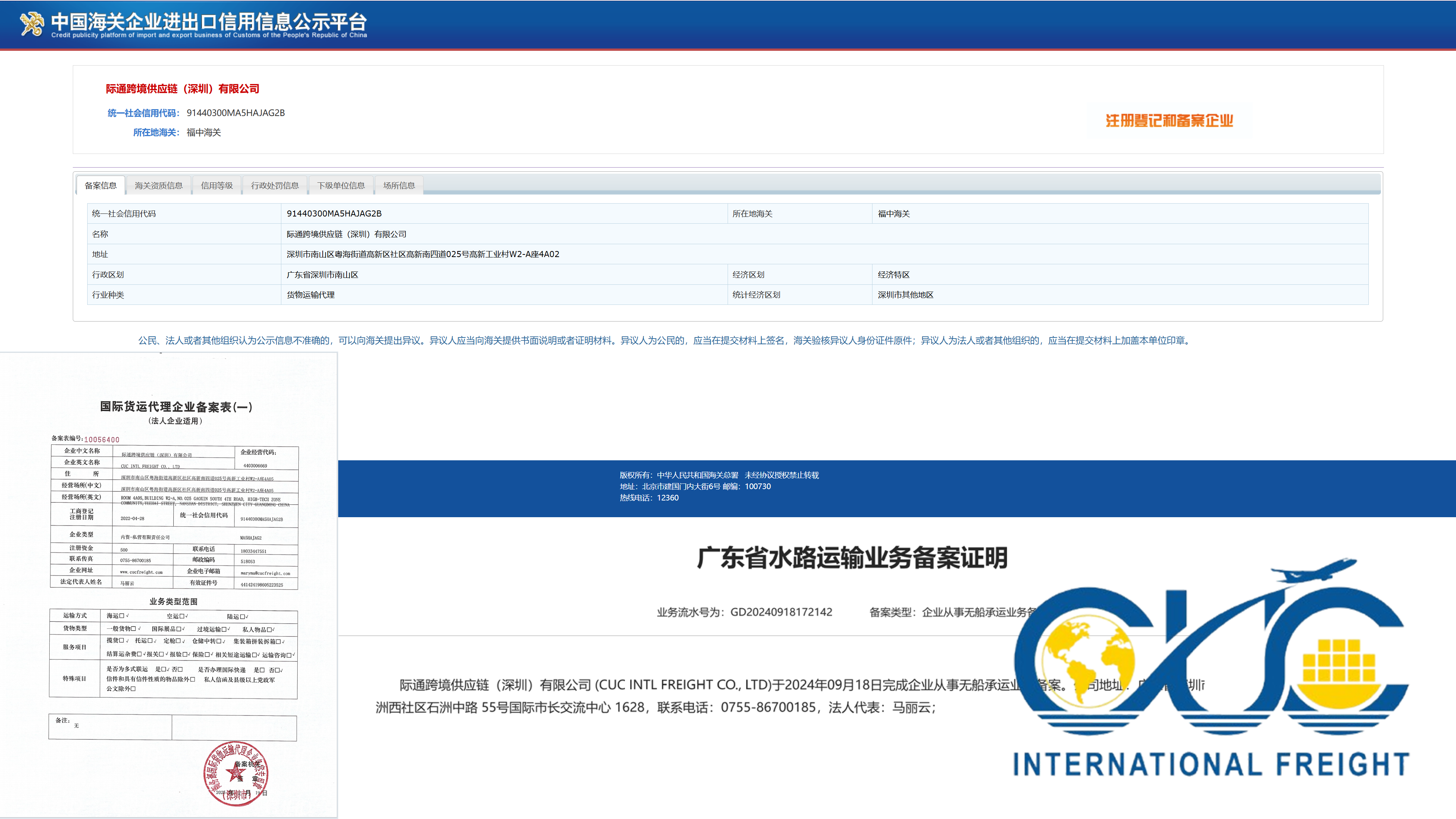
2024 Update: New CBSA CARM rules require importers to register – our guide simplifies compliance.
4. Track & Receive Goods
Real-Time GPS Tracking: Monitor air/sea shipments via our platform.
Final-Mile Delivery: Partner network covers 95% of Canada, including remote Arctic regions.
Case Study: A Toronto e-commerce client reduced delivery deviations from 7.2 to 1.3 days using our rail-air hybrid model.
Why 2,100+ Businesses Trust CUC Freight
Transparent Pricing: Air shipping from $5.5/kg | Sea rates from $6.11/kg
Guaranteed Compliance: 99.7% customs clearance success rate
Risk Protection: All-inclusive insurance at 0.8% cargo value


 English
English  português
português 

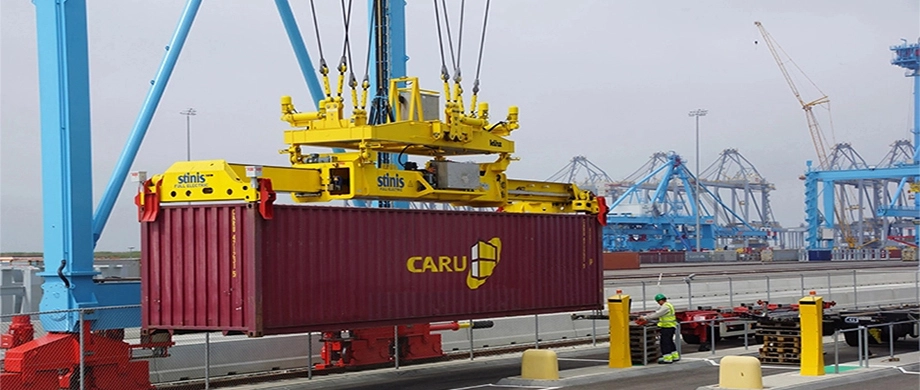
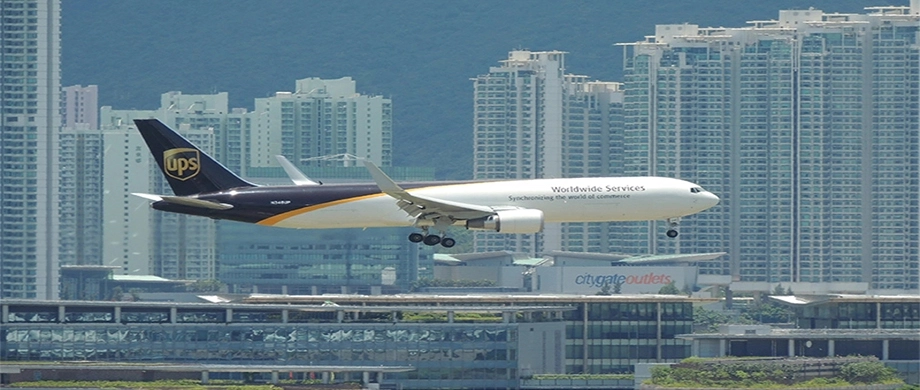
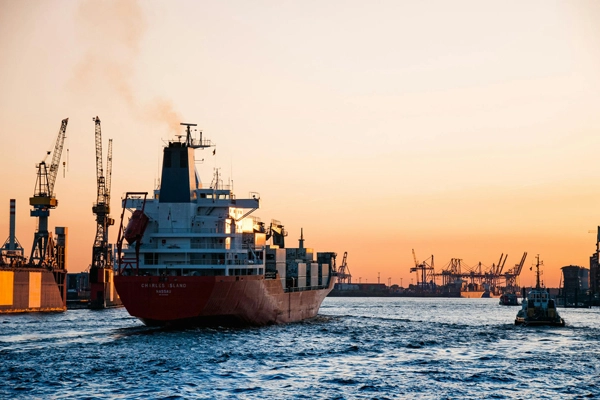
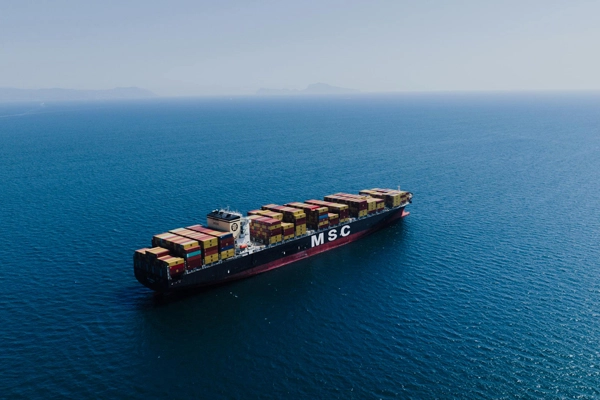
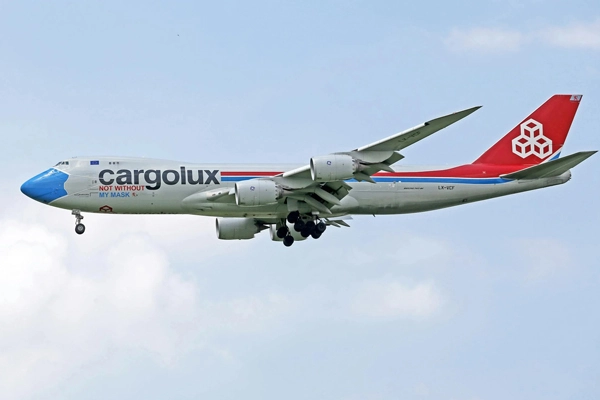
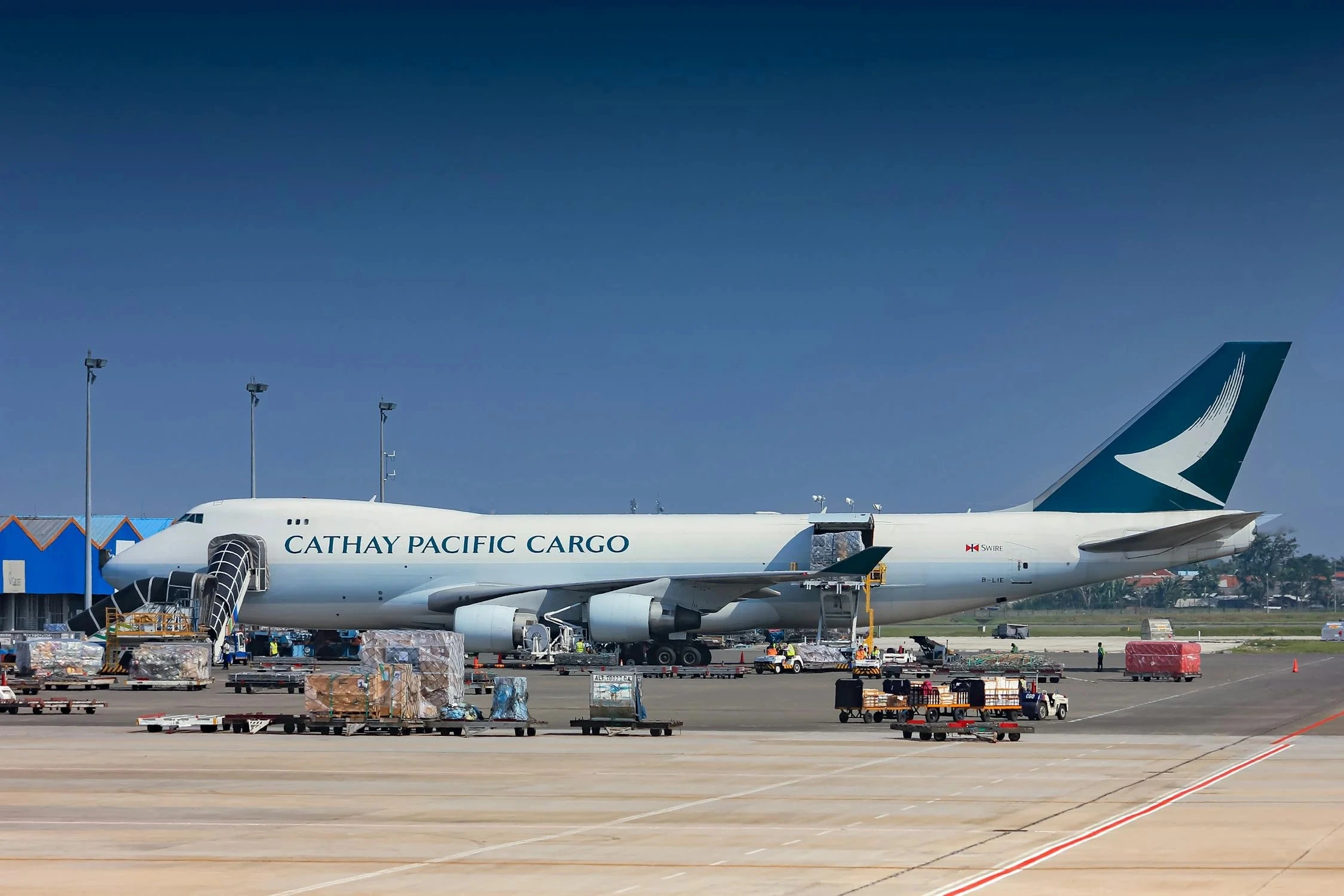
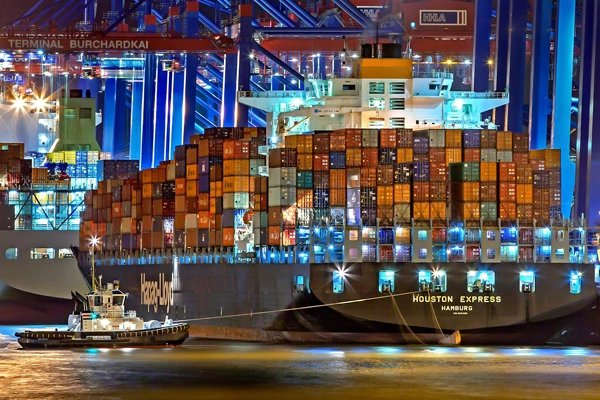
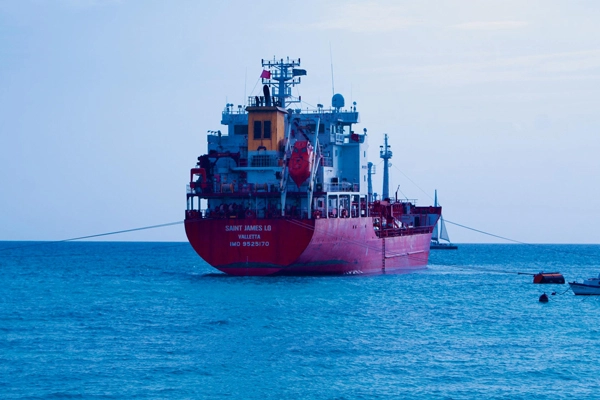









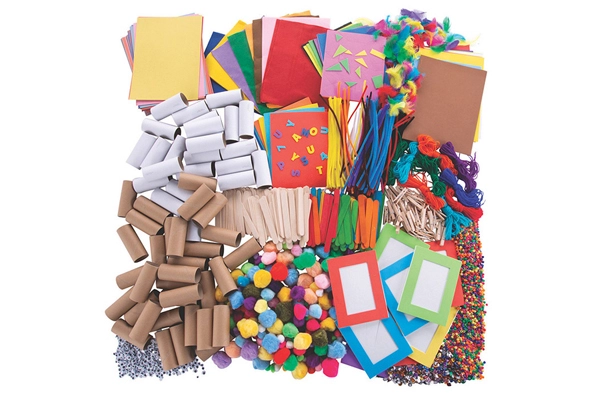
.webp)
.webp)
.webp)

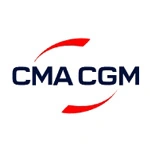




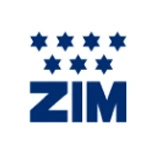
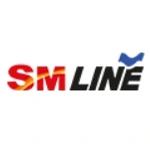


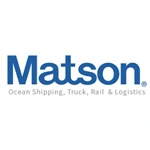
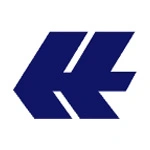




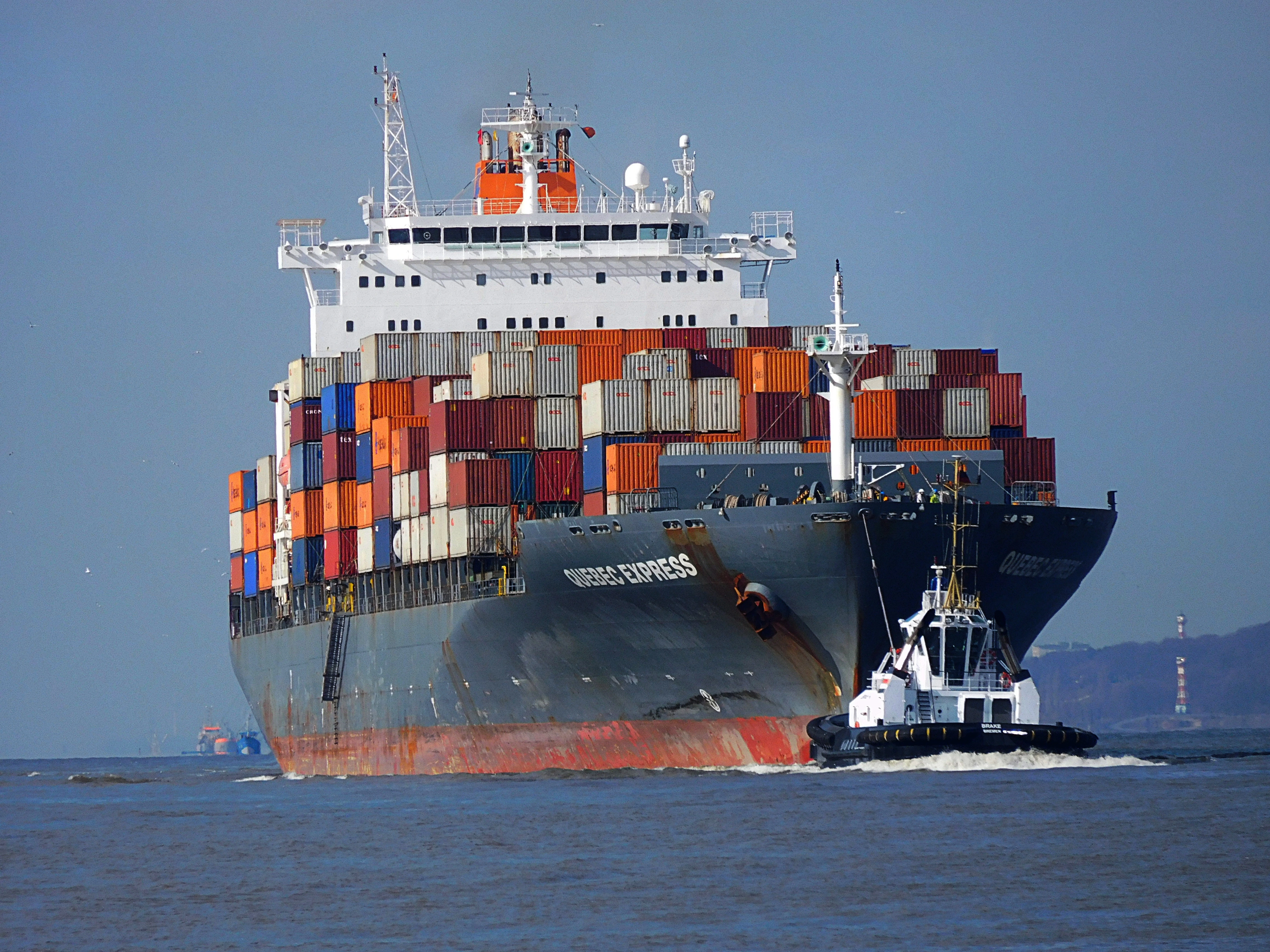
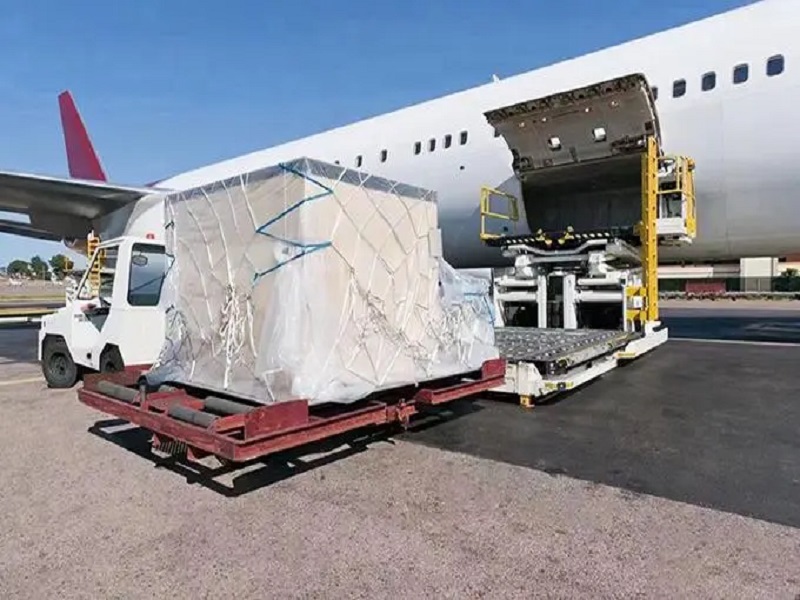
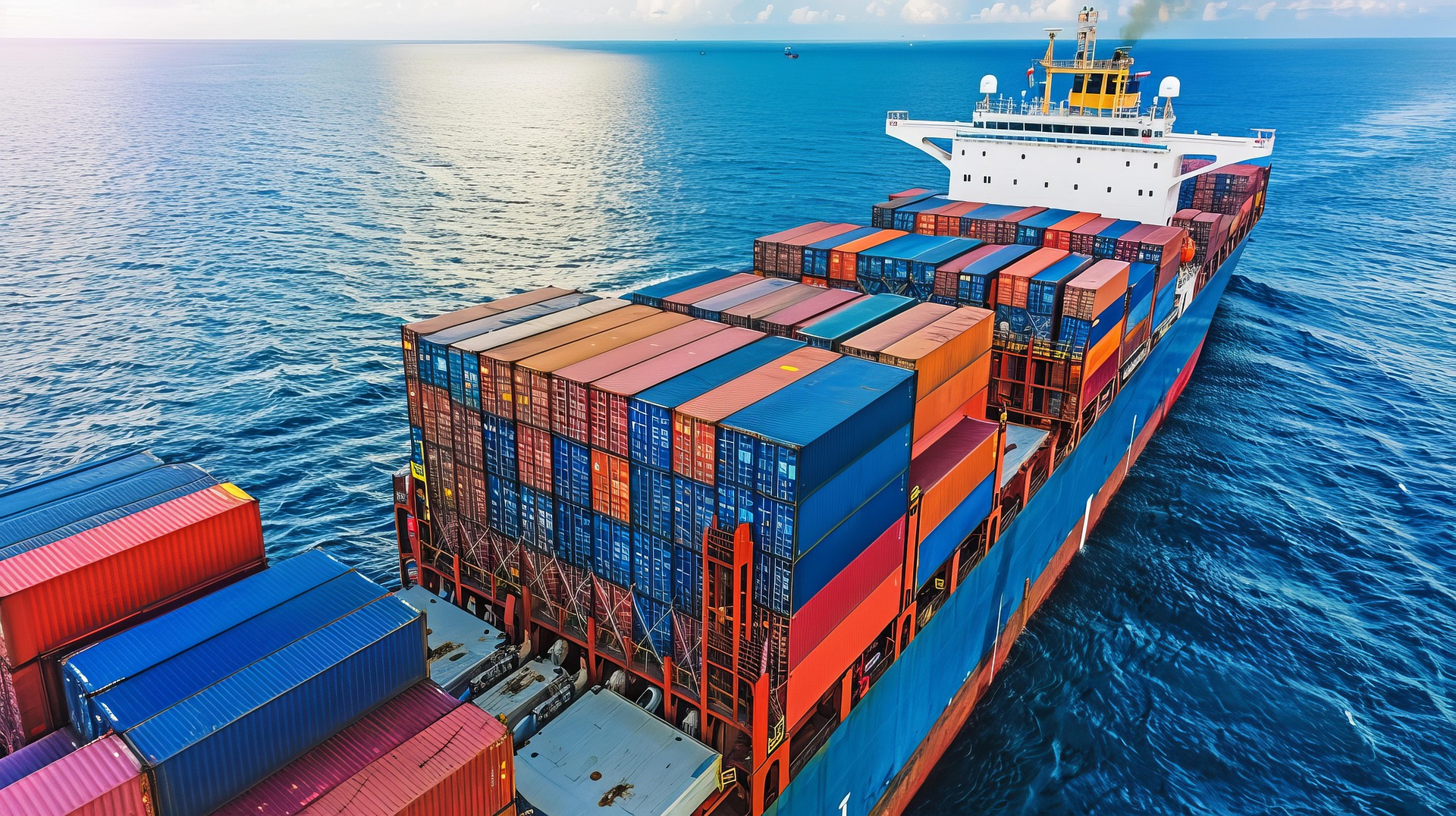
 Call us on:
Call us on:  Email Us:
Email Us:  International Mayors Exchange Center, No. 55 Shizhou Middle Rd, Nanshan District, Shenzhen Guangdong China
International Mayors Exchange Center, No. 55 Shizhou Middle Rd, Nanshan District, Shenzhen Guangdong China 
